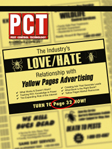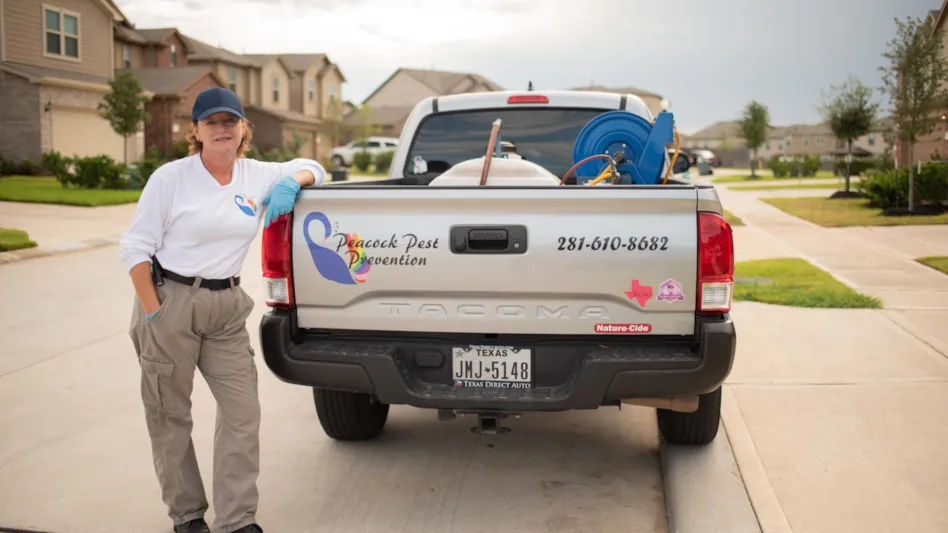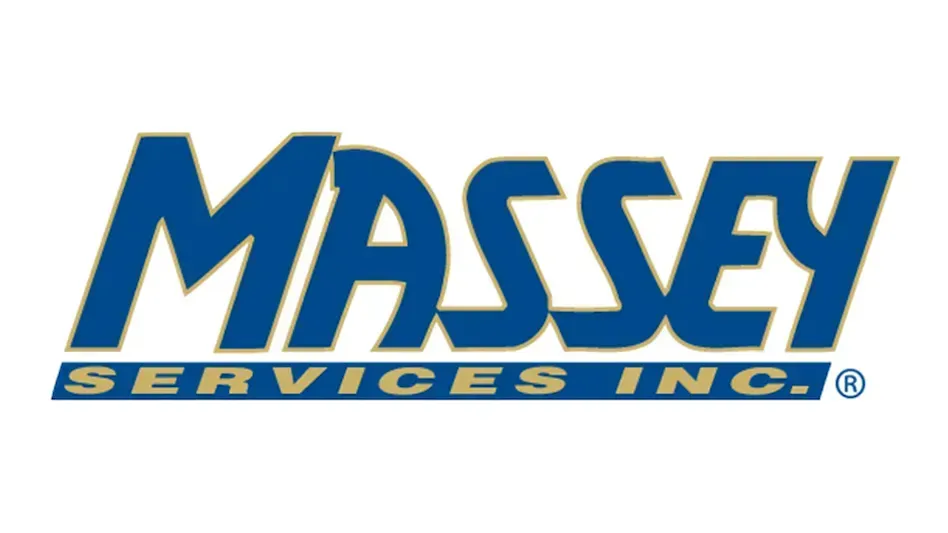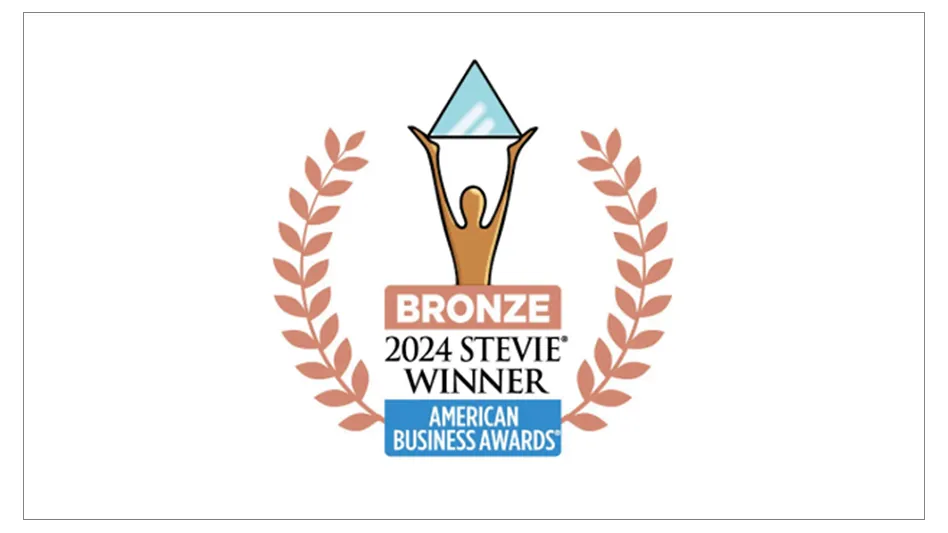It’s a necessary evil. I’m not convinced of the results. It’s a horrible tradition we can’t wait to die. Without a doubt, pest control operators have strong opinions about Yellow Pages advertising. It’s too expensive, you say, and difficult to track. And, yet, most PCOs recognize the Yellow Pages’ intrinsic value: considerable leads and profits.
DOWN YELLOW PAGES ROAD. Last year more than 78% of pest control operators advertised in the Yellow Pages, according to a Pest Control Technology readership survey. Many spent the bulk of their marketing funds on this line item. Studies show 77% of in-home service contractors spend more than half their marketing budgets on Yellow Pages advertising.
That’s a lot of money, considering the 24,000 advertisers nationwide in the pest control heading. PCOs are the ninth biggest spenders in the Yellow Pages, but rank 45th in the number of references to their heading, show studies by the Yellow Pages Association, which represents major directory publishers worldwide. Yet, spending by pest control operators is up 4.6% a year during the past five years, says Dennis Fromholzer, president of CRM Associates, which measures Yellow Pages ad effectiveness and user behavior.
"My guess is we’re spending too much money on Yellow Pages ads, and that PCOs in general could spend the money better in other areas," admits Bruce Carter, president of Carter Services Inc., Farmington, N.M. Carter spends nearly 90% of his marketing funds in the Yellow Pages.
"It’s something I’m afraid not to do at this point," adds Ryan Bradbury, vice president of Viking Termite and Pest Control, Bridge-water, N.J. "You know you need it, but it’s not a very pleasurable buying experience." He is spending more than a half-million dollars on Yellow Pages advertising this year.
"One thing I feel passionate about is that we need to have a better handle on (Yellow Pages advertising) as a company, and as an industry," sums up Bob Dold, Jr., director of operations, Rose Pest Solutions, Chicago.
PROFIT POTENTIAL. Users of the Yellow Pages referenced the pest control heading more than 51 million times in 2005, according to the Yellow Pages Association. One-third of these users say Yellow Pages ads influenced their purchase decision, says CRM Associates’ Fromholzer. The remaining two-thirds are influenced by other factors, but use the Yellow Pages to find a company’s phone number. Users look at five ads on average, contact two companies, and spend 25% more than the average customer. They are need-driven shoppers, with 51% having no company names in mind and 58% being new customers to the business they select. The profit potential is attractive. Every $1 invested in Yellow Pages advertising results in $4 to $8 in sales revenue and generates $2 to $3 in profit in the pest control heading, says Fromholzer.
And, so is the reported cost-per-lead for new customers. According to a 2004 metered ad study, the average cost per lead for a slightly larger than half-page ad is $35, says Yellow Pages Association (YPA) Research Director Larry Small.
"Eighty-seven percent of references to the pest control heading turn into purchases, so advertisers are paying for qualified leads," he adds.
Not all pest management professionals agree with this figure. Western Exterminator Company Vice President of Sales Mike Britt, who tracked 122,000 calls last year through 31 service centers in California, Nevada and Arizona, finds $35 far too low. His average cost for a qualified lead for the same-size ad is closer to $75, he says. Many factors can affect a PCO’s cost, from ad size and directory effectiveness to the company’s other marketing efforts and tracking ability.
"If a PCO has poor [ad] content in addition to poor design, he will not receive the number of calls that should be commensurate with his ad size," Small cautions.
"Our job is to get the phone to ring," he says. A ½-page Yellow Pages ad typically generates 500-700 calls.
"When a client is on the line, so is our future," says Rose Pest Solutions’ Dold. "Hopefully, we can turn that lead into repeat, long-term business."
SUPPORTING THE MIX. Pest control operators say it’s often difficult to assign direct sales to Yellow Pages ads when actively engaged in other marketing efforts. Customers are exposed to ads on trucks, buses, billboards, transit shelters, radio, TV, newspapers, magazines, the Internet and direct mail — and they seek referrals — but they don’t look up your number until they have a need.
"I don’t consider [Yellow Pages advertising] a waste of money," says Chuck Tindol, partner of Allgood Pest Solutions in Lawrenceville, Ga. He spent 30% of his marketing funds — $235,000 — in the Yellow Pages last year and tracked $228,000 in sales to the ads.
You can’t look at these figures independent of other advertising, he says. "The Yellow Pages is a source for new clients to get our number, having first heard of us from word-of-mouth, endorsements on the radio, or the Internet." Most of his budget is spent on local talk radio endorsements, and he’s had tremendous success with Atlanta Internet search engines, but he admits the paper directories still play a key role in his rural markets.
Bobby Jenkins, president, ABC Pest & Lawn Services, Austin, Texas, agrees. "I use the Yellow Pages as a point of reference for people to find us after we’ve generated interest through radio and TV." Yellow Pages ads support brand building created by TV, radio and his 190 trucks, he says.
Prospective customers who use Yellow Pages to find your phone number may see competitors’ ads and call them to get bids as well, reminds Viking’s Bradbury.
"All I can ask is that we’re one of the companies they call," says Jenkins. "It’s up to our sales team to turn calls into sales."
Once on board, a customer should never have to open the Yellow Pages to pest control again, reminds Adams Hudson, president of Hudson, Ink, a marketing firm in Montgomery, Ala. An affordable customer retention program will keep clients from searching directories for phone numbers and potentially being sold by competitors’ ads.
SO LONG PAPER DIRECTORY. PCOs recognize the Internet’s huge potential for reaching new customers. And, so do the Yellow Pages. Internet Yellow Pages (IYP) is growing faster than the print product, confirms Small. It currently averages, however, only 100-150 calls per year, compared to the 500-700 calls resulting from a ½- page directory ad, says CRM Associates’ Fromholzer.
Not surprising, IYP users are younger (18-49 years old) than the 25-49 year old paper directory users. "Paper’s never going to die," says Small. "It’ll continue to grow as a medium."
That’s not a sentiment shared by James Spring, chief communications director, Lloyd Pest Control, San Diego. Spring believes homeowners increasingly rely on the Internet to research pest control. Major search engines are the vehicles of choice, he says, not Internet Yellow Pages. Spring would like to direct more money to outdoor, direct mail and radio advertising, but a significant number of Lloyd’s older customers still use the Yellow Pages. He spends $300,000 a year in 45 directories covering Southern California, about 50 percent of his marketing budget, and plans to spend less within five years. To help reach that goal, Lloyd purchased the mnemonic telephone number 1-800-Bad-Bugs "so that more people would remember us without going to any directories," Spring said.
Allgood’s Tindol has achieved great success with his own Internet activities. Last year he spent about $20,000 on local search engine promotions in Greater Atlanta that returned $260,000 in sales. Mobile devices hold new opportunities for the Yellow Pages and advertising in general. "We want to be on every device that has directional information that matches up buyers and sellers," says the Yellow Pages Association’s Small. From PDAs and cell phones to iPods and GPS devices, possibilities are endless for reaching on-the-go information seekers.
THE BEST BANG FOR THE BUCK. So, how does a pest control operator improve his Yellow Pages prospects? By excelling in the basics of ad design, directory selection, and lead tracking.
Design for Success. Effective Yellow Pages ads spotlight the customer, not company services. What will customers gain from your company? A safe, pest-free home for her family? The elimination of her pest problem, guaranteed? Experts agree the bug pictures must go, and cartoon graphics do little to enhance a company’s image. A clean, simple design draws customers in; a cluttered ad is too much work to read. The importance of ad size and positioning depends on the source.
"Bigger ads get more notice and a better position, and can generate 40% - 50% more leads, says CRM Associates’ Fromholzer. Mike Britt, vice president of sales for Western Exterminator Company, Anaheim, Calif., agrees. "As we’ve moved up in position or increased our ad size we’ve generated more calls."
On the flip side, Adams Hudson of Hudson, Ink, advises that 75% of his potential clients to run smaller, more powerful advertisements or to run under fewer headings. Pest control operators can increase calls while spending less, he says. "Your business will not ‘die’ if you spend sanely in the Yellow Pages."
"Positioning is important to people who are new to the area, but not so to people who are already there," says Bruce Carter, Carter Services, Inc.
Directory Diligence. Choosing Yellow Pages directories can be an overwhelming process. The sheer number, alone, is staggering – 7,000 individual titles nationwide, according to the Yellow Pages Association’s Small.
The best approach is to ask lots of questions. "This is a major investment, like investing in the stock market," he says. Now is the time to dig deep and analyze.
First, ask to see prior copies of the directory, or if this is a new directory, ask to see copies published in other metro areas. Look at the development of the directories, says Small. "If the same advertisers are in the directory each year, that is an indication that the directory is working for them."
Western’s Britt suggests looking at your potential competitors – the current directory advertisers. Do they charge a premium for their services, or do they compete on price? "Make sure you’re among competitors you want to compete with," he cautions.
Second, ask to see a map of the directory distribution area. Does it fit your service area? How many copies were distributed this year? Last year? Is it delivered to homes and businesses? When will the directory be delivered and how?
Viking’s Bradbury recalls advertising in a directory that was out two months before its competitor dropped on homeowners’ doorsteps. A homeowner who receives a new, similar directory two months after receiving the first one likely will throw out the "old" book, he says. Suddenly, the ad that cost $1,500 a month over 12 months, now costs $9,000 over two. Plus, you now need to be in multiple directories, he notes.
"If you only can afford one book, advertise in the phone company book," says Rose Pest Solutions’ Dold. New residents should get a copy dropped with their new phone hook up. "This is especially important if you market to a transient area."
"Ask for proof of usage," Small urges. "Does the publisher subscribe to third-party syndicated research?" If not, how is their proprietary research conducted: over the course of the year or at a point in time? "Point in time studies can be misleading," warns Small. "Every Yellow Pages company has research, but they’ll never show research that makes them look bad." Dold, who advertises in directories in five states, suggests talking to people in your target market to find out which books they’re using.
Ask if the publisher conducts testing for advertisers to measure the number of calls generated from the directory. This is a good means to measure ad effectiveness, says Small. How is the publisher promoting his directory to consumers to ensure usage?
Western’s Britt advises calling contractors in the directory, such as pool service, plumbing or HVAC companies, and asking how they have done. But, if they don’t track ads, he says, they won’t be able to tell you if leads came from the Yellow Pages or some other source.
"You need to decide, how much money do I want to spend to reach what percentage of the market?" says Small. Multiple directories may be the answer, but which ones together will target the market most efficiently?
Some PCOs use brokers to purchase Yellow Pages advertising, especially when dealing with multiple directories. These services guarantee low pricing and provide a single point of contact.
TRACKING: KNOWLEDGE IS POWER. Tracking is perhaps the most important, and most overlooked, part of Yellow Pages advertising. Even on the most basic level, tracking phone calls from Yellow Pages ads – or any form of advertising – provides pest control operators valuable information. Namely, is my ad generating leads?
PCOs can easily track ad effectiveness with a free, unique telephone number available through the directory, says the Yellow Pages Association’s Small. This number appears only in that ad, rings on the company’s business line, and is completely transparent to customers. Advertisers can track the number of calls received, callers’ phone numbers, and how long customers stayed on the line, as well as tie this data to billing records to calculate ad-generated revenue. Tracking services are an added cost, but may be a negotiable part of your Yellow Pages contract.
Steve Scherzinger, president of Scherzinger Pest Control , Cincinnati, uses unique, metered phone numbers in his ads, but he arranges for the numbers himself through the phone company. He undertakes this process so call data cannot be shared in any way with competitors. The cost of a metered number, he says, is generally less than a business phone line.
Knowledge is power says Rose Pest Solutions’ Dold. "Conversations with Yellow Pages folks have become somewhat strained for them, because we have the data now." Dold tracks leads internally and with unique directory phone numbers. Eight months ago, he began testing an outside call-tracking service. The vendor identifies the caller’s name, the time and day they called, the zip code they called from, their phone number and other data, all acquired from incoming land-line calls. He is provided an Internet data file and can analyze call information minute-by-minute or month-by-month. Dold plans to expand the service to cover all of his nine branches.
"(Yellow Pages advertising is) such a huge portion of our budget that goes right out the window. We need to track that," Dold adds. Only then can PCOs maximize their Yellow Pages investment.
The author is a contributing writer to PCT and can be reached at anagro@giemedia.com.ccom

Explore the June 2006 Issue
Check out more from this issue and find you next story to read.
Latest from Pest Control Technology
- PCO Follows the Carpenter Bee Clues
- Bird Control Can Be Lucrative, But it’s Not for Every Company, PCOs Report
- Gerry Wegner on the New PCT Field Guide to Stinging and Biting Arthropods
- PCO Bookkeepers & M&A Specialists Recognize Pinnacle Performance Award Winners
- Ground Control
- Scientists, PMPs Collaborating to Map Termite Distribution in Southern U.S.
- Viking Pest Control Organizes a Charity Bike Build for Local Families
- Gaining Control of Structure-Infesting Carpenter Ants





